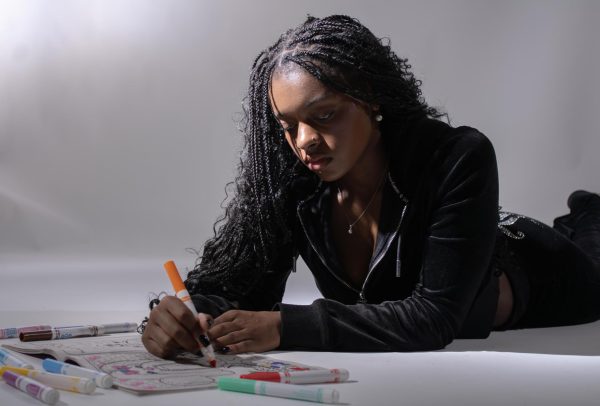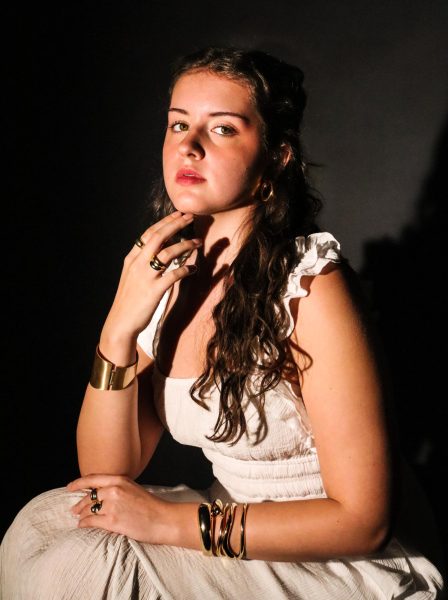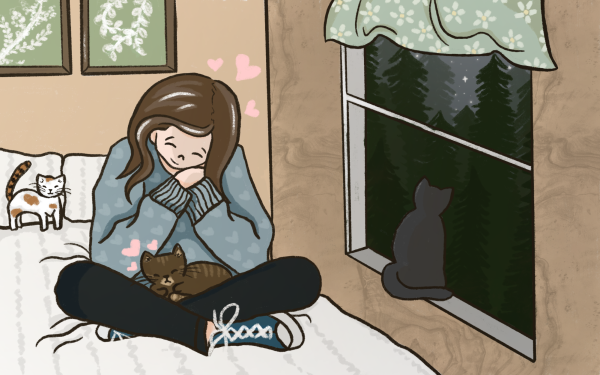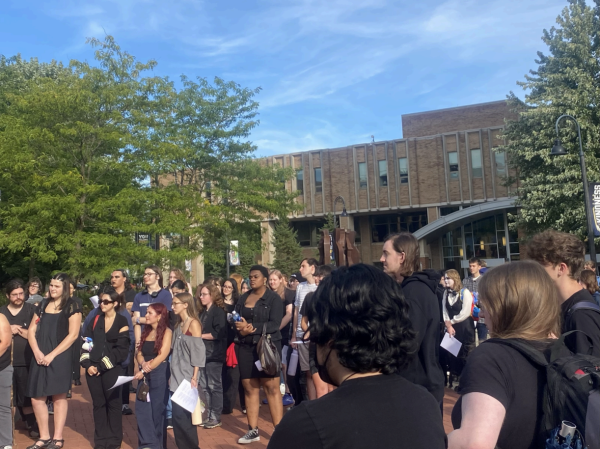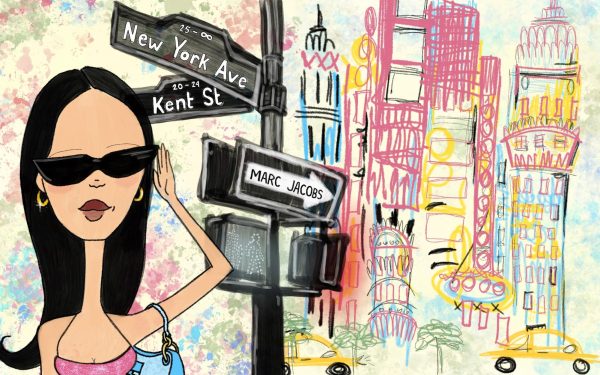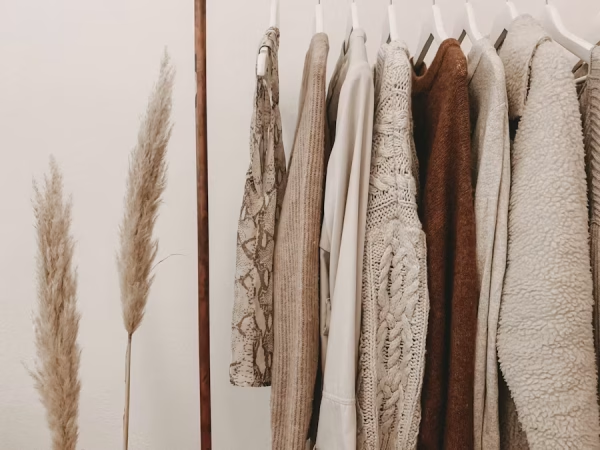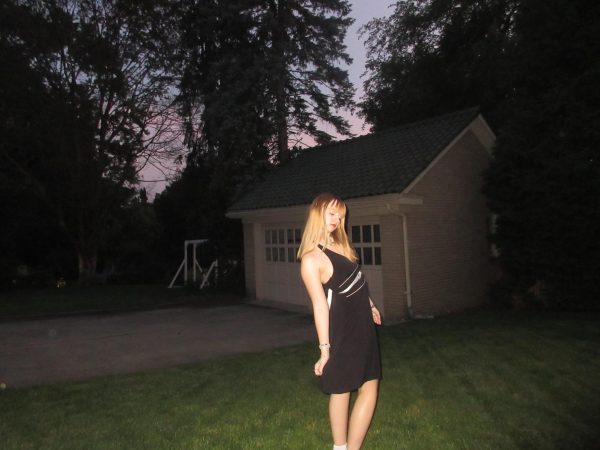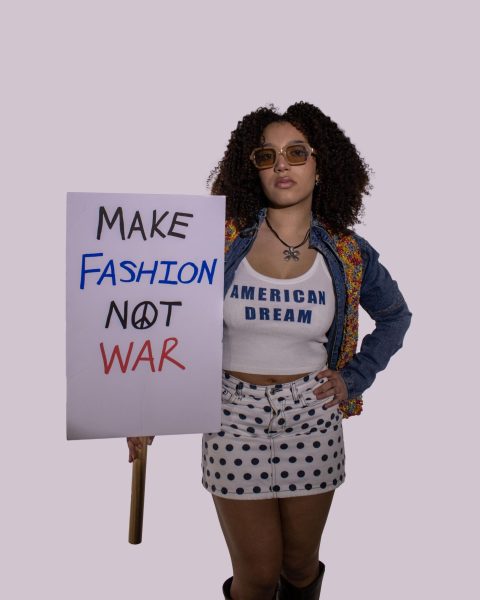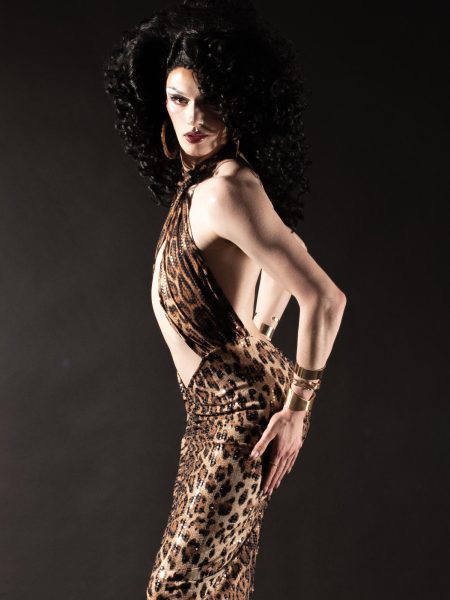16 years later and ‘the devil wears prada’ is still influential
“Florals? For spring? Groundbreaking.”
This is merely one of many now iconic quotes from the beloved movie “The Devil Wears Prada.” Sixteen years ago, the world was blessed with the movie adaption of Lauren Weisberger’s 2003 novel about her experience as an assistant to one of the most powerful people in fashion, Anna Wintour. The movie follows recent graduate journalism student Andy Sachs (Anne Hathaway) who lands a job at Runway, the world’s top fashion magazine, as a personal assistant to the editor-in-chief, Miranda Priestly (Meryl Streep). While Andy starts the job with poor taste and a begrudging attitude, she slowly but surely adopts a better style, a spirited attitude and higher appreciation for the fashion publishing world.
When this 2006 movie premiered, there was no way the entertainment industry was prepared for the impact it would have on society and the continuous influence it holds even over the current generation. I can distinctly remember when I watched “The Devil Wears Prada” for the first time in middle school and being completely enamored by the world of fashion magazines. I will never forget the power move of “the list” in which Miranda had a physical copy of top designers and photographers in the industry that would work with her and only her. I knew right then and there that Miranda Priestly would forever be the ultimate girl boss that I aspire to be.
While Andy’s job seemed to consist of unreasonable expectations, long work days and no opportunities to write (even though she has a journalism degree ), all I paid attention to were the glamorous fashion shows, the endless connections and her opportunity to go to Paris. “The Devil Wears Prada” was seemingly single-handedly responsible for igniting a passion for fashion for a whole generation of aspiring fashion creatives.
Perhaps what was also so enticing about this film was the fashion itself. Stylist and costume designer Patricia Field was the leader behind the magic and managed to create high fashion looks that would be still trendy in modern day. In an interview with Harper’s Bazaar, Field expressed that she worked with the actors to create something that was honest and genuine to each character’s personality.
“I think timelessness is a very important factor in whatever I do,” she told Harper’s Bazaar. “That’s what makes a classic. It’s obvious what’s timeless and what is not timeless, but you need time to find that answer. I used it a lot for [Meryl Streep’s] workwear—she wore other designers, of course—but that was the foundation. It allowed me to create a style around it because it didn’t dictate the style. It went with everything, you could wear it in so many ways.”
It wasn’t just Miranda Priestly’s undoubtedly chic outfits that made their mark on the movie. Andy Sachs’s post-makeover wardrobe was any fashion lover’s dream. Her Chanel galore looks made her transform from dreadful to drop dead gorgeous and had many of us wanting to experience that transformation for ourselves (especially if that meant we could wear the Chanel boots). Just like the thought process behind the timeless style of Miranda Priestly, Field knew that the classic essence of Chanel was most fitting to Andy Sachs’s character.
“After my meeting with [Anne Hathaway] and understanding her personality, I got the idea that she’s a Chanel girl,” Field said. “ And when I spoke to Chanel—and here we go again: classic—when I spoke to Chanel they were very happy. They wanted to put their clothes on a young girl. They were very happy to work with me, which was great because there’s nothing like cooperation when you’re trying to paint a picture and you have all your paints there, and in this case the paint was Chanel. So her transition from the beginning to the end fit her persona.”
While there could be endless praise for everything that “The Devil Wears Prada” did right, it’s important to point out the problematic aspects of the movie—especially for those of us who like to reference the film in how we imagine the fashion workplace. While the movie was in no way an exposé on the fashion industry, the lack of work/life balance that Andy Sachs had did not go unnoticed. The toxic work environment in and of itself is something that shouldn’t ever be condoned or seen as acceptable. There was also extremely problematic language exchanged when Nigel, played by Stanley Tucci, comments on Andy’s weight saying a size six is “the new fourteen.” While body positivity wasn’t at the forefront of fashion in the early 2000s, negatively commenting on someone’s body is never appropriate especially in a professional setting.
And while Andy’s wardrobe transformation was glamorous and slightly envy worthy, we saw how she became so absorbed in her job that she lost herself as a person. There is nothing wrong with loving what you do and wanting to put extra time in at work to excel at your job—even if your boyfriend (or Nate Cooper) would say otherwise. However, no job is worth having your life be consumed by and even at an entry level position like Andy’s, everybody should be able to set appropriate boundaries.
“The Devil Wears Prada” has become a movie classic for a reason, and deserves all the praise it gets. From the icy yet hardworking Miranda Priestly to the naive yet open-minded Andy Sachs, the film was able to create a world that we wanted to be a part of and characters we wanted to become. Sixteen years later it still remains a go-to movie to watch, and continues to inspire people to see fashion for the amazing industry it is.
With nothing more to say, in the words of Miranda Priestly, “That’s all.”
Support Student Media
Hi! I’m Catie Pusateri, A Magazine’s editor-in-chief. My staff and I are committed to bringing you the most important and entertaining news from the realms of fashion, beauty and culture. We are full-time students and hard-working journalists. While we get support from the student media fee and earned revenue such as advertising, both of those continue to decline. Your generous gift of any amount will help enhance our student experience as we grow into working professionals. Please go here to donate to A Magazine.



